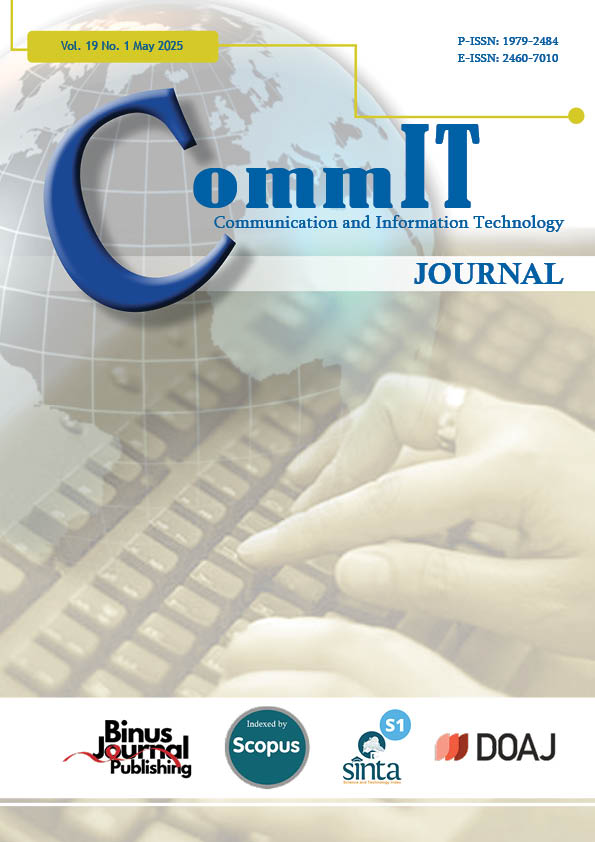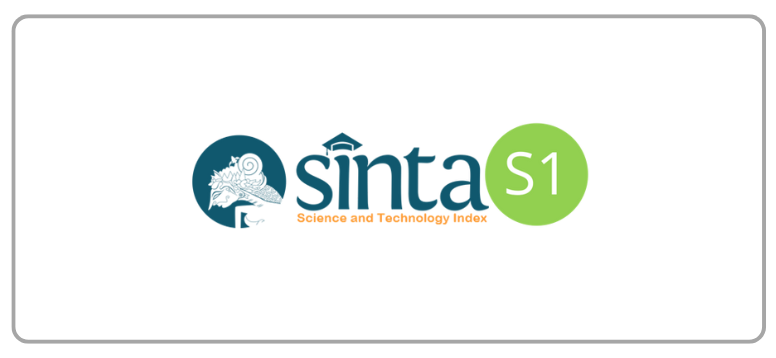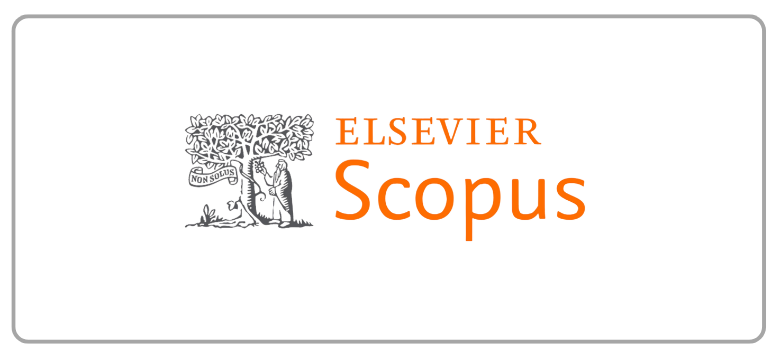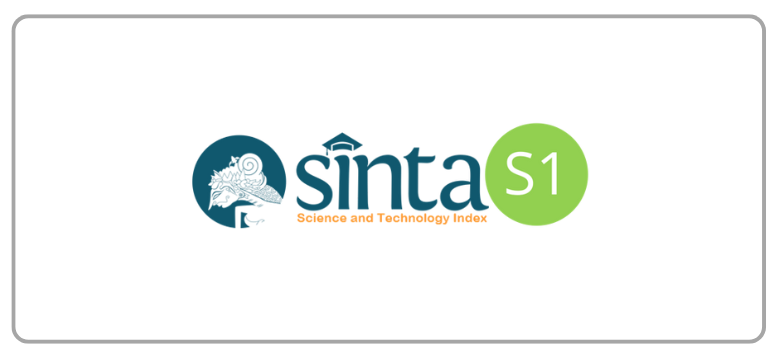A Cost-Sensitive Hybrid Model of ALBERT Model and Convolutional Neural Network for Personality Classification
DOI:
https://doi.org/10.21512/commit.v19i1.11822Keywords:
Cost-Sensitive Hybrid Model, A Lite Bidirectional Encoder Representations from Transformers (ALBERT), Convolutional Neural Network (CNN), Personality ClassificationAbstract
A tremendous amount of text data from social media activity can be used to extract information about a user’s personality, including the Myers-Briggs Type Indicator (MBTI). The MBTI personality type is extensively used to identify individual traits, which helps to solve problems in human resources and mental health awareness. Nonetheless, constructing an effective model for classifying MBTI types that are insensitive to unbalanced data remains a major challenge, as certain types dominate the social media environment. The research proposes a hybrid classification model that combines the transformer-based language model A Lite Bidirectional Encoder Representations from Transformers (ALBERT) with a Convolutional Neural Network (CNN), leveraging cost-sensitive learning to address class imbalance. The model is trained on the PersonalityCafe dataset and evaluated across the four MBTI dimensions. Experimental results show that the proposed ALBERT+CNN model achieves an overall F1-score of 77.67%, outperforming baseline models such as Bidirectional Encoder Representations from Transformers (BERT), Bidirectional Long Short-Term Memory (BiLSTM), and traditional CNN. When integrated with cost-sensitive learning, the model reaches an improved F1-score of 80.50%, surpassing the performance of oversampling techniques like Random Oversampling (ROS) and Synthetic Minority Oversampling Technique (SMOTE). The exponential cost function proves to be the most effective in weighting misclassifications for minority classes. In addition to higher accuracy, the proposed model demonstrates balanced prediction performance across personality dimensions, reducing bias toward dominant classes. These findings highlight the potential of hybrid deep learning and cost-sensitive strategies for personality classification in imbalanced textual data.
References
[1] S. Kemp, “Digital 2023 April global statshot report,” 2023. [Online]. Available: https://datareportal.com/reports/digital-2023-april-global-statshot
[2] G. Ryan, P. Katarina, and D. Suhartono, “MBTI personality prediction using machine learning and SMOTE for balancing data based on statement sentences,” Information, vol. 14, no. 4, pp. 1–15, 2023.
[3] I. B. Myers, M. H. McCaulley, N. L. Quenk, and A. L. Hammer, MBTI manual: A guide to the development and use of the Myers-Briggs Type Indicator. Consulting Psychologists Press, 1998.
[4] A. Furnham, “The big five facets and the MBTI: The relationship between the 30 NEO-PI (R) Facets and the four Myers-Briggs Type Indicator (MBTI) scores,” Psychology, vol. 13, no. 10, pp. 1504–1516, 2022.
[5] K. El-Demerdash, R. A. El-Khoribi, M. A. I. Shoman, and S. Abdou, “Deep learning based fusion strategies for personality prediction,” Egyptian Informatics Journal, vol. 23, no. 1, pp. 47–53, 2022.
[6] E. Utami, A. D. Hartanto, S. Adi, I. Oyong, and S. Raharjo, “Profiling analysis of DISC personality traits based on Twitter posts in Bahasa Indonesia,” Journal of King Saud University-Computer and Information Sciences, vol. 34, no. 2, pp. 264–269, 2022.
[7] M. Song, H. J. Choi, and S. S. Hyun, “MBTI personality types of Korean cabin crew in Middle Eastern Airlines, and their associations with cross-cultural adjustment competency, occupational competency, coping competency, mental health, and turnover intention,” International Journal of Environmental Research and Public Health, vol. 18, no. 7, pp. 1–20, 2021.
[8] M. H. Akhtar, A. Ashfaq, A. M. Khalid, and M. Baig, “Stress levels among pre-clinical medical students and their coping strategies,” Journal of University Medical & Dental College, vol. 14, no. 1, pp. 524–528, 2023.
[9] E. Azoulay, F. Pochard, J. Reignier, L. Argaud, F. Bruneel, P. Courbon, A. Cariou, K. Klouche, V. Labb´e, F. Barbier et al., “Symptoms of mental health disorders in critical care physicians facing the second COVID-19 wave: A cross-sectional study,” Chest, vol. 160, no. 3, pp. 944–955, 2021.
[10] M. H. Amirhosseini and H. Kazemian, “Machine learning approach to personality type prediction based on the Myers–Briggs Type Indicator®,” Multimodal Technologies and Interaction, vol. 4, no. 1, pp. 1–15, 2020.
[11] M. Gjurkovi´c and J. ˇ Snajder, “Reddit: A gold mine for personality prediction,” in Proceedings of the Second Workshop on Computational Modeling of People’s Opinions, Personality, and Emotions in Social Media. Louisiana, USA: Association for Computational Linguistics, June 2018, pp. 87–97.
[12] K. N. P. Kumar and M. L. Gavrilova, “Personality traits classification on Twitter,” in 2019 16th IEEE International Conference on Advanced Video and Signal Based Surveillance (AVSS). Taipei, Taiwan: IEEE, Sep. 18–21, 2019, pp. 1–8.
[13] T. Pradhan, R. Bhansali, D. Chandnani, and A. Pangaonkar, “Analysis of personality traits using natural language processing and deep learning,” in 2020 Second International Conference on Inventive Research in Computing Applications (ICIRCA). Coimbatore, India: IEEE, July 15–17, 2020, pp. 457–461.
[14] H. Zhang, “MBTI personality prediction based on BERT classification,” Highlights in Science, Engineering and Technology, vol. 34, pp. 368–374, 2023.
[15] M. T. Zumma, J. A. Munia, D. Halder, and M. S. Rahman, “Personality prediction from Twitter dataset using machine learning,” in 2022 13th International Conference on Computing Communication and Networking Technologies (ICCCNT). Kharagpur, India: IEEE, Oct. 3–5, 2022, pp. 1–5.
[16] N. Cˇ erkez and V. Varesˇkic´, “Machine learning approaches to personality classification on imbalanced MBTI datasets,” in 2021 44th International Convention on Information, Communication and Electronic Technology (MIPRO). Opatija, Croatia: IEEE, Sep. 27–Oct. 1, 2021, pp. 1259–1264.
[17] N. Cerkez, B. Vrdoljak, and S. Skansi, “A method for MBTI classification based on impact of class components,” IEEE Access, vol. 9, pp. 146 550–146 567, 2021.
[18] R. K. Hernandez and I. Scott, “Predicting Myers-Briggs type indicator with text,” in 31st Conference on neural information processing systems (NIPS 2017), Long Beach, California, Dec. 4–9, 2017.
[19] V. G. Dos Santos and I. Paraboni, “Myers-Briggs personality classification from social media text using pre-trained language models,” JUCS: Journal of Universal Computer Science, vol. 28, no. 4, pp. 378–395, 2022.
[20] Y.Wang, J. Zheng, Q. Li, C.Wang, H. Zhang, and J. Gong, “XLNet-Caps: Personality classification from textual posts,” Electronics, vol. 10, no. 11, pp. 1–16, 2021.
[21] J. Devlin, M. W. Chang, K. Lee, and K. Toutanova, “BERT: Pre-training of deep bidirectional transformers for language understanding,” in Proceedings of the 2019 Conference of the North American Chapter of the Association for Computational Linguistics: Human Language Technologies, Volume 1 (Long and Short Papers), Minneapolis, Minnesota, Jun. 2019, pp. 4171–4186.
[22] Z. Lan, M. Chen, S. Goodman, K. Gimpel, P. Sharma, and R. Soricut, “ALBERT: A lite BERT for self-supervised learning of language representations,” 2019. [Online]. Available: https://arxiv.org/abs/1909.11942
[23] N. A. Schaubhut and R. C. Thompson, “Indonesia (Indonesian) technical brief for the MBTI® global step ITM and step IITM assessments,” 2020. [Online]. Available: https://www.themyersbriggs.com/-/media/Myers-Briggs/Files/Manual-Supplements/MBTI-Global-Manual-Tech-Brief IDN.pdf
[24] M. Jolly, “(MBTI) Myers-Briggs personality type dataset,” 2017. [Online]. Available: https://www.kaggle.com/datasets/datasnaek/mbti-type
[25] H. Kaur, H. S. Pannu, and A. K. Malhi, “A systematic review on imbalanced data challenges in machine learning: Applications and solutions,” ACM Computing Surveys (CSUR), vol. 52, no. 4, pp. 1–36, 2019.
[26] B. Krawczyk, M. Wo´zniak, and G. Schaefer, “Cost-sensitive decision tree ensembles for effective imbalanced classification,” Applied Soft Computing, vol. 14, pp. 554–562, 2014.
[27] H. T. Madabushi, E. Kochkina, and M. Castelle, “Cost-sensitive BERT for generalisable sentence classification with imbalanced data,” 2020. [Online]. Available: https://arxiv.org/abs/2003.11563
[28] D. Mercier, S. T. R. Rizvi, V. Rajashekar, A. Dengel, and S. Ahmed, “ImpactCite: An XLNet-based method for citation impact analysis,” 2020. [Online]. Available: https://arxiv.org/abs/2005.06611
[29] V. Ravi, “Attention cost-sensitive deep learningbased approach for skin cancer detection and classification,” Cancers, vol. 14, no. 23, pp. 1–26, 2022.
[30] B. Ghoshal and A. Tucker, “On cost-sensitive calibrated uncertainty in deep learning: An application on COVID-19 detection,” in 2021 IEEE 34th International Symposium on Computer-Based Medical Systems (CBMS). Aveiro, Portugal: IEEE, June 7–9, 2021, pp. 503–509.
[31] K. Li, B. Wang, Y. Tian, and Z. Qi, “Fast and accurate road crack detection based on adaptive cost-sensitive loss function,” IEEE Transactions on Cybernetics, vol. 53, no. 2, pp. 1051–1062, 2021.
[32] K. Y. Kim, Y. B. Yang, M. R. Kim, J. S. Park, and J. Kim, “MBTI personality type prediction model using WZT analysis based on the CNN ensemble and GAN,” Human-Centric Computing and Information Sciences, vol. 13, 2023.
[33] A. Koutsoumpis, J. K. Oostrom, D. Holtrop, W. Van Breda, S. Ghassemi, and R. E. De Vries, “The kernel of truth in text-based personality assessment: A meta-analysis of the relations between the Big Five and the Linguistic Inquiry and Word Count (LIWC),” Psychological Bulletin, vol. 148, no. 11-12, pp. 843–868, 2022.
[34] T. Kudo and J. Richardson, “SentencePiece: A simple and language independent subword tokenizer and detokenizer for neural text processing,” in Proceedings of the 2018 Conference on Empirical Methods in Natural Language Processing: System Demonstrations, 2018, pp. 66–71.
[35] A. G´eron, Hands-on machine learning with Scikit-Learn, Keras, and TensorFlow: Concepts, tools, and techniques to build intelligent systems. O’Reilly Media, Inc., 2022.
[36] H. Ahmad, M. U. Asghar, M. Z. Asghar, A. Khan, and A. H. Mosavi, “A hybrid deep learning technique for personality trait classification from text,” IEEE Access, vol. 9, pp. 146 214–146 232, 2021.
Downloads
Published
How to Cite
Issue
Section
License
Copyright (c) 2025 Rilo Chandra Pradana, Derwin Suhartono

This work is licensed under a Creative Commons Attribution-ShareAlike 4.0 International License.
Authors who publish with this journal agree to the following terms:
a. Authors retain copyright and grant the journal right of first publication with the work simultaneously licensed under a Creative Commons Attribution License - Share Alike that allows others to share the work with an acknowledgment of the work's authorship and initial publication in this journal.
b. Authors are able to enter into separate, additional contractual arrangements for the non-exclusive distribution of the journal's published version of the work (e.g., post it to an institutional repository or publish it in a book), with an acknowledgment of its initial publication in this journal.
c. Authors are permitted and encouraged to post their work online (e.g., in institutional repositories or on their website) prior to and during the submission process, as it can lead to productive exchanges, as well as earlier and greater citation of published work.
Â
USER RIGHTS
All articles published Open Access will be immediately and permanently free for everyone to read and download. We are continuously working with our author communities to select the best choice of license options, currently being defined for this journal as follows: Creative Commons Attribution-Share Alike (CC BY-SA)




















